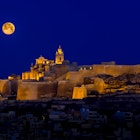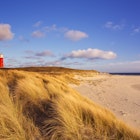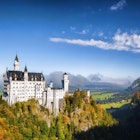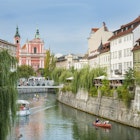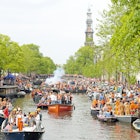The Emerald Isle might be small in size but it packs a powerful historical punch. Hit the road on a fascinating five-day trip through the picturesque landscapes and villages, towns and cities of Ireland's Ancient East en route from Dublin to Waterford, visiting Neolithic burial tombs, high crosses, castles and cathedrals, and traversing 560km and five millennia of history.
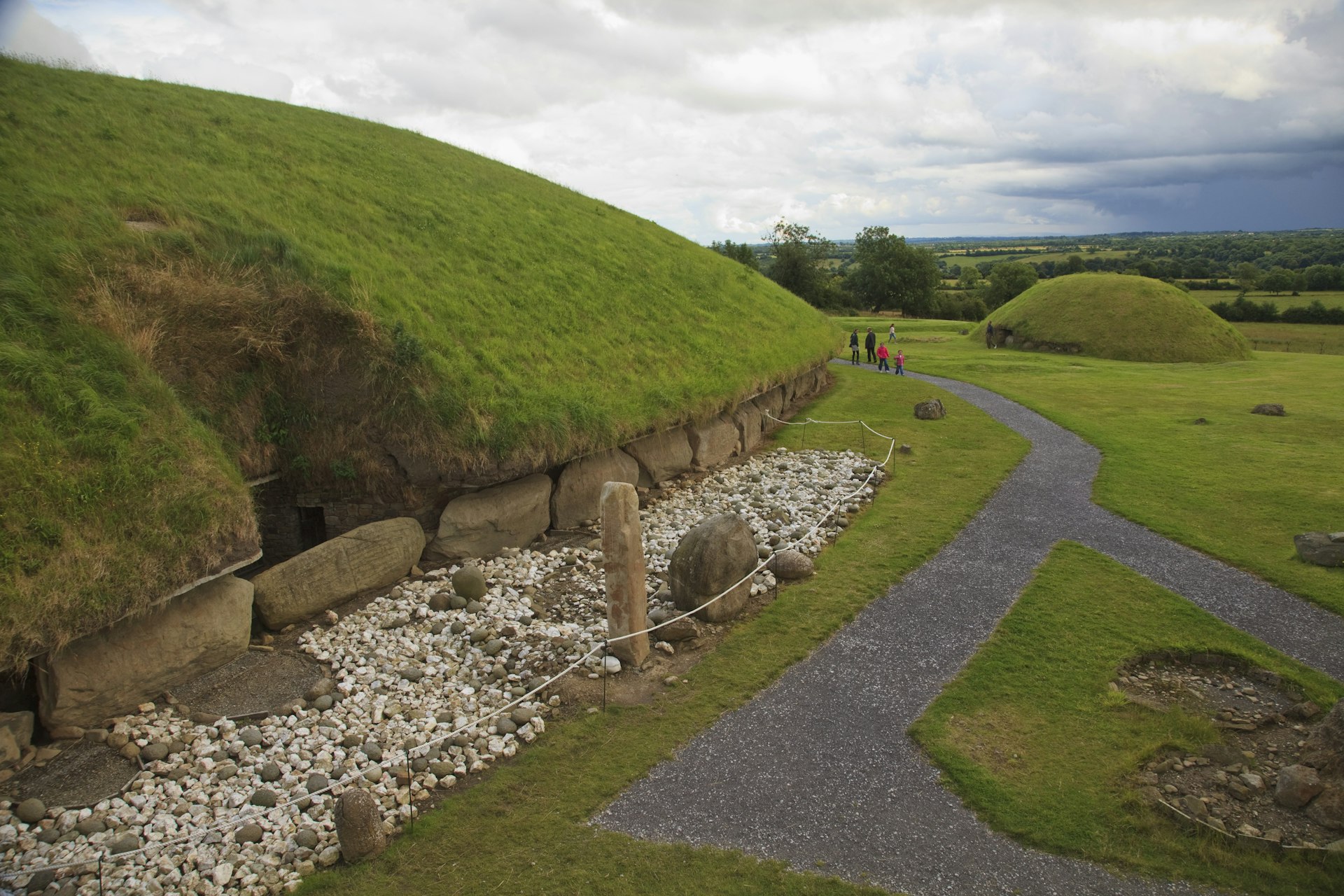
Day 1
Dublin
Kick off in the Irish capital with an overview of the country's history at the 1877-established National Museum of Ireland – Archaeology. Just some of its highlights are the world's most complete collection of medieval Celtic metalwork, and four preserved Iron Age 'bog bodies' with intact features such as fingernails. Other exhibitions include Medieval Ireland, and Viking Ireland, featuring finds excavated at Dublin's Wood Quay.
Brú na Bóinne
A Unesco World Heritage-listed wonder from around 3200 BC, the vast Neolithic necropolis Brú na Bóinne, 50km north of Dublin, predates both Stonehenge (by a millennia) and the Great Pyramids of Egypt (by six centuries). In fertile farmland scattered with standing stones, the complex encompasses three main burial tombs: Newgrange, a white quartzite-encircled grass-topped passage tomb measuring 80m in diameter and 13m high, which aligns with the winter solstice; Knowth, containing extraordinary passage-grave art; and sheep-roamed Dowth.
Less than 10km west, in the 18th-century town of Slane, coaching inn Conyngham Arms, makes a charming overnight stop.
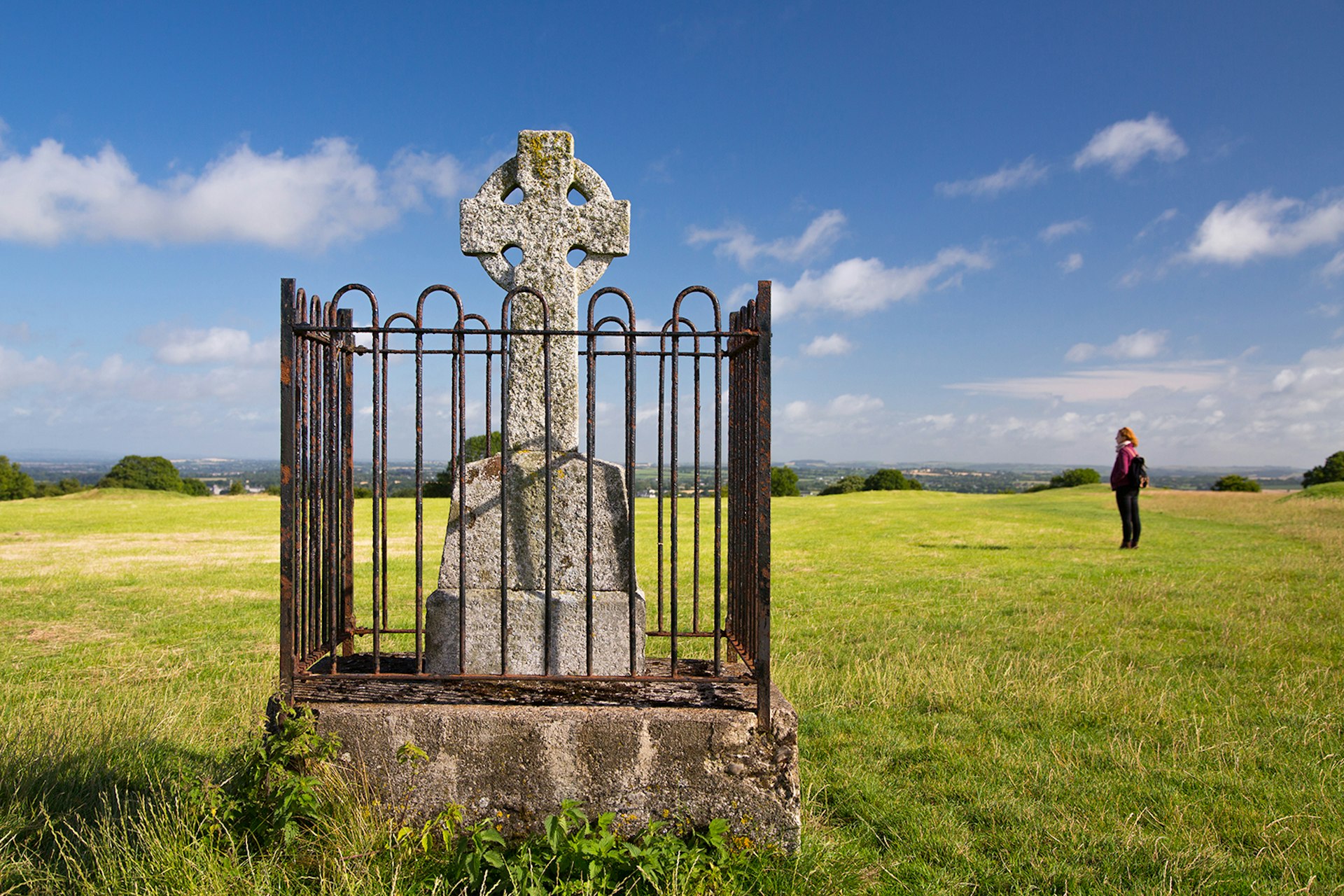
Day 2
Hill of Slane
The Hill of Slane is where, allegedly, St Patrick lit a paschal (Easter) fire in 433 against the ruling of the Irish high king. Patrick then described the holy trinity to him by plucking a shamrock to illustrate the paradox of the Father, Son and Holy Spirit in one, kindling Christianity in Ireland. Only faint remnants of subsequent religious buildings here remain, but the views are sublime.
Hill of Tara
Once the home of ancient Ireland's druids, followed by its high kings, the Hill of Tara is 24km south of Slane. This sacred site is one of the most important in Europe, with prehistoric burial mounds and a Stone Age passage tomb, dating back 5000 years. It’s steeped in Irish folklore and history, and visiting the grounds is free.
Glendalough
Glendalough's Irish name, Gleann dá Loch, means 'Valley of the Two Lakes', and the Upper and Lower lakes at this spot 100km south of Tara – along with wild Wicklow Mountains scenery and a cache of religious relics – are magical. In 498, St Kevin set up here on the site of a Bronze Age tomb and the monastery later established here lasted until the 17th century. The Glendalough Visitor Centre (visitwicklow.ie/item/glendalough-visitor-centre) is a mine of information. Next door, the comfortable Glendalough Hotel, makes a convenient base.
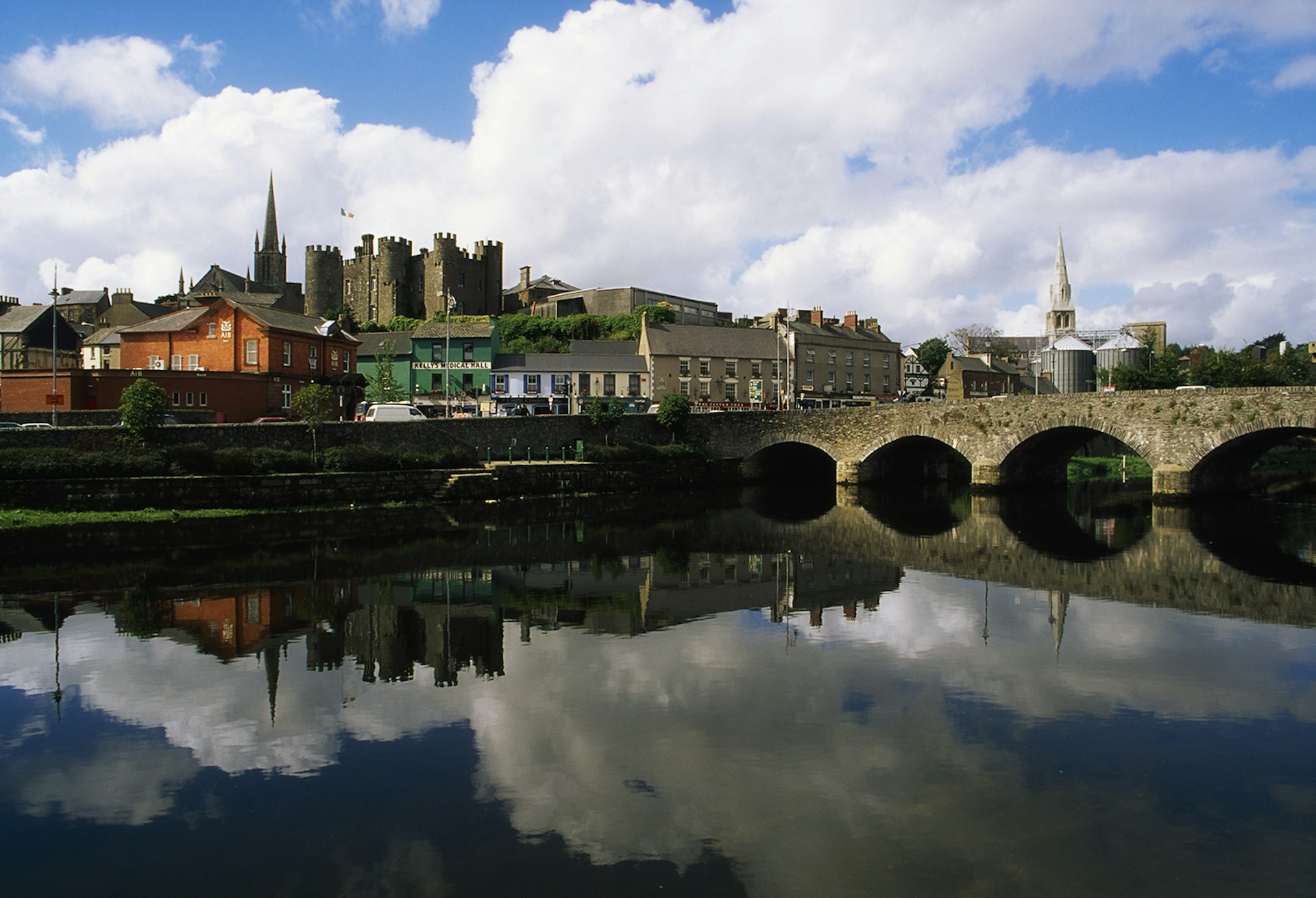
Day 3
Moone
Amid stone ruins 50km west of Glendalough, stop off to see the distinctive Moone High Cross. Dating from the 8th or 9th century, it's renowned for its intricately carved biblical scenes.
Browne's Hill Dolmen
Topped by Europe's largest capstone, weighing over 100 tonnes, the 5000-year-old granite portal dolmen (tomb chamber) Browne's Hill Dolmen sits about 20km south of Moone and is one of Ireland's most intriguing prehistoric monuments.
Enniscorthy
A pivotal chapter in Irish history played out at Vinegar Hill, 53km south of Browne's Hill, during the 1798 rebellion against British rule. Nearby, the National 1798 Rebellion Centre has evocative displays. The rebels used Norman-built Enniscorthy Castle as a prison; it's now a museum with superb rooftop views.
Wexford town
Named Waesfjord ('harbour of mudflats') by the Vikings, who are thought to have landed here around 850, Wexford town is 22km south of Enniscorthy. Traces of the fort built by the Normans, who conquered it in 1169, are still visible in the grounds of the Irish National Heritage Park open-air museum.
Central Whites of Wexford has stylish rooms, restaurants and bars.

Day 4
Jerpoint Abbey
Medieval stone carvings are a highlight of the atmospheric Cistercian ruins of 12th-century-founded Jerpoint Abbey, some 60km northwest of Wexford in idyllic rural surrounds.
Kilkenny
Set on the swirling River Nore with a web of narrow laneways, Kilkenny is a 20km hop north of Jerpoint Abbey, and a contender for Ireland's most spectacular city. Its 'medieval mile' stretches between 12th-century-established Kilkenny Castle and its monumental Cathedral of St Canice, on the site of a 6th-century abbey founded here by St Canice, Kilkenny's patron saint. Today, it's a creative hub, with works showcased at the National Craft Gallery.
Dunmore Cave
Glittering stalagmite- and stalactite-filled Dunmore Cave is a quick 10km zip north. History runs deep here: in 928 Vikings slaughtered 1000 people at nearby ring forts, and survivors sheltered here until the Vikings smoked them out. Excavations in 1973 uncovered their remains, along with Viking coins.
In Cashel, 60km southwest, appealing accommodation options include boutique Baileys Hotel.
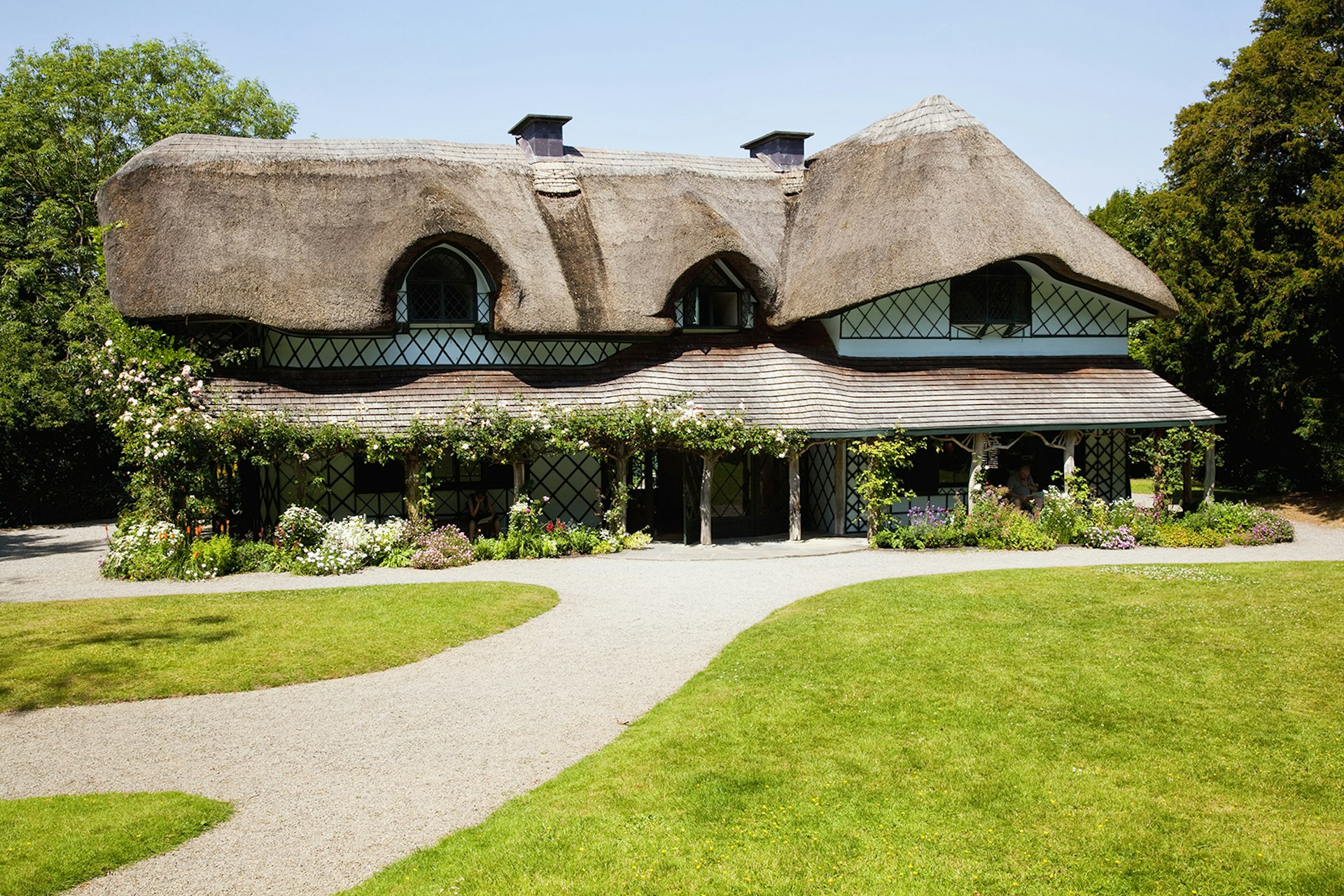
Day 5
Rock of Cashel
The soaring Rock of Cashel is an extraordinary collection of ancient fortifications enclosed by lime mortar walls, and a seat of power for kings and clergy who ruled over the region for over 1000 years. Enter via the 15th-century Hall of the Vicars Choral, visit the 13th-century cathedral where its choristers sang, and don't miss the circa 11th-century round tower or Ireland's first Romanesque chapel, 1127-built Cormac's Chapel.
Cahir
With a moat, turrets and dungeons, 1142-founded Cahir Castle, 20km south of Cashel, is one of Ireland's largest. Fast-forward several centuries at Cahir's romantic, thatched-roofed Swiss Cottage, built in 1810 amid flowering gardens in Regency Picturesque style.
Waterford
Ireland's oldest city, Waterford, established as a Viking port in 914, is a fitting last stop on this history-filled trip. Its 'Viking Triangle' shelters three absorbing museums: the Medieval Museum; the Georgian mansion housing the Bishop's Palace, covering Waterford's history from 1700 to 1970; and Ireland's oldest complete building, 13th-century Reginald's Tower, with Viking exhibits.
Waterford's most historic accommodation is 19th-century Waterford Castle, on its own private island, reached by 24-hour car ferry.
From Waterford, it's 172km back to Dublin, or you can continue your Irish odyssey by travelling 148km west to Kinsale to set out on the epic Wild Atlantic Way (ireland.com/wild-atlantic-way).



